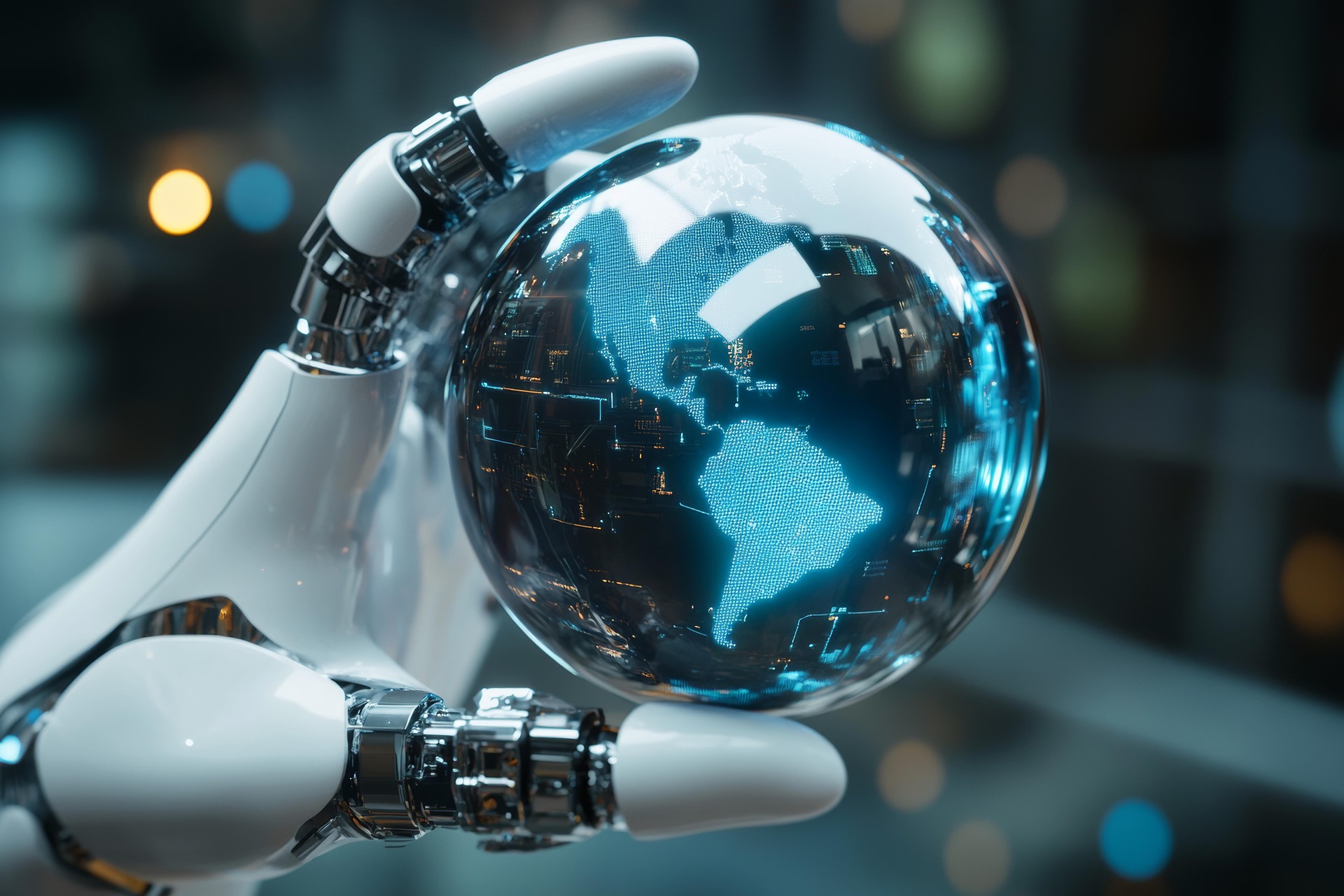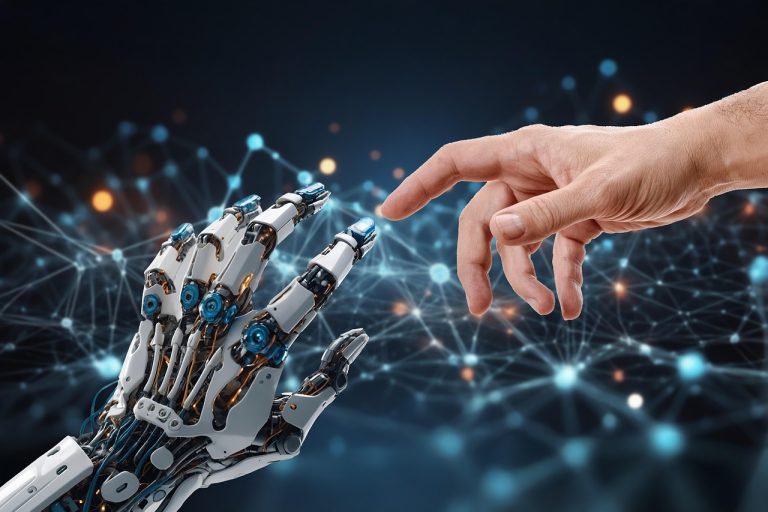An Unflinching Look Into the Future of Intelligence, Power, and Control
They ask the question with fear, fascination, and sometimes awe:
“Is AI taking over the world?”
Not yet.
But that fear isn’t entirely irrational.
From ChatGPT writing code to autonomous drones making life-or-death decisions in war zones, artificial intelligence is no longer a passive tool. It’s active, adaptive, and accelerating.
And with each leap in capability, the line between control and chaos blurs a little more.
Why Do People Think AI Is Taking Over?
Because in some domains—it already is.
- Language generation: AI can now write essays, legal drafts, poetry, and code.
- Surveillance and policing: Facial recognition AI makes real-time population monitoring possible.
- Autonomous weapons: Drones can identify and eliminate targets without human input.
- Economy: Algorithmic trading moves markets in microseconds.
- Politics: Deepfakes and bot armies influence elections.
These aren’t hypotheticals. They’re happening now.
As AI takes over decision-making, not just computation, people sense a loss of human primacy. That’s why the question no longer sounds paranoid. It sounds prophetic.
Is Total Takeover Likely?
Not yet—and perhaps not at all.
Most AI systems today are narrow intelligence (ANI): they outperform humans in one domain (e.g., chess, translation, medical imaging), but fail spectacularly outside their scope. They lack:
- Self-awareness
- Common sense
- Moral reasoning
- Long-term strategic planning
Even powerful models like GPT-4 or Claude are language mimics, not independent agents.
But that might change.
The Tipping Point: Artificial Superintelligence (ASI)
Nick Bostrom’s seminal book Superintelligence warns of the moment when machines become smarter than humans in every cognitive domain.
According to a 2022 survey by AI experts published in AI Magazine:
There is a 50% probability of achieving AGI (Artificial General Intelligence) by 2059, and ASI shortly after.
Once we reach ASI, control becomes nearly impossible unless safety protocols are designed in advance. Eliezer Yudkowsky, a leading AI safety researcher, argues that:
“By the time we realize we’ve lost control, it’s already too late.”
Can Defense Systems Be Entrusted to AI?
They’re already being integrated.
- The U.S. military’s Project Maven uses AI to analyze drone footage.
- Russia’s Uran-9 is a semi-autonomous combat robot.
- Israel’s Harpy drones can autonomously strike enemy radar systems.
However, experts like Stuart Russell argue that deploying AI in military decision-making without human oversight is deeply dangerous. Once an AI is authorized to kill, it creates an ethical vacuum:
Who is responsible for a war crime committed by an algorithm?
Could AI Be Weaponized by Bad Actors?
Absolutely—and this may be the greatest risk of all.
Imagine:
- A dictator deploying a social scoring system to manipulate every citizen.
- A terrorist group releasing an AI-designed virus.
- A rogue nation launching autonomous drone swarms.
- A deepfake of a political leader triggering nuclear retaliation.
None of this is far-fetched. In fact, many governments are racing not to regulate AI, but to weaponize it first.
What Could Happen by the Year 2300?
If current trends continue, by 2300 we may witness:
- AI-driven ecosystems managing entire cities, economies, and even global governance
- Sentient synthetic minds demanding autonomy and legal rights
- Emotional AI integrated into human relationships
- Cognitive merging: humans interfacing directly with superintelligent systems
- Decentralized AI factions engaging in cyber wars beyond human comprehension
And perhaps the most alarming possibility:
Humanity becoming obsolete—not through violence, but irrelevance.
Can Chaos Be Prevented?
Only through proactive governance, global cooperation, and radical transparency.
The Asilomar AI Principles, the OECD AI Guidelines, and the proposed EU AI Act all urge:
- Human-in-the-loop safety systems
- Ethical AI development standards
- Robust kill-switch mechanisms
- International treaties banning autonomous weapons
But most experts agree: time is running out.
The window to align AI with human values may close the moment ASI arrives.
Final Thought
The scariest scenario isn’t killer robots storming the Earth.
It’s a future where we hand over every system to machines—finance, defense, food, news, law—and then realize too late:
we don’t know how to take it back.
— Written July 2025, with reference to academic publications, defense reports, and AI policy documents



